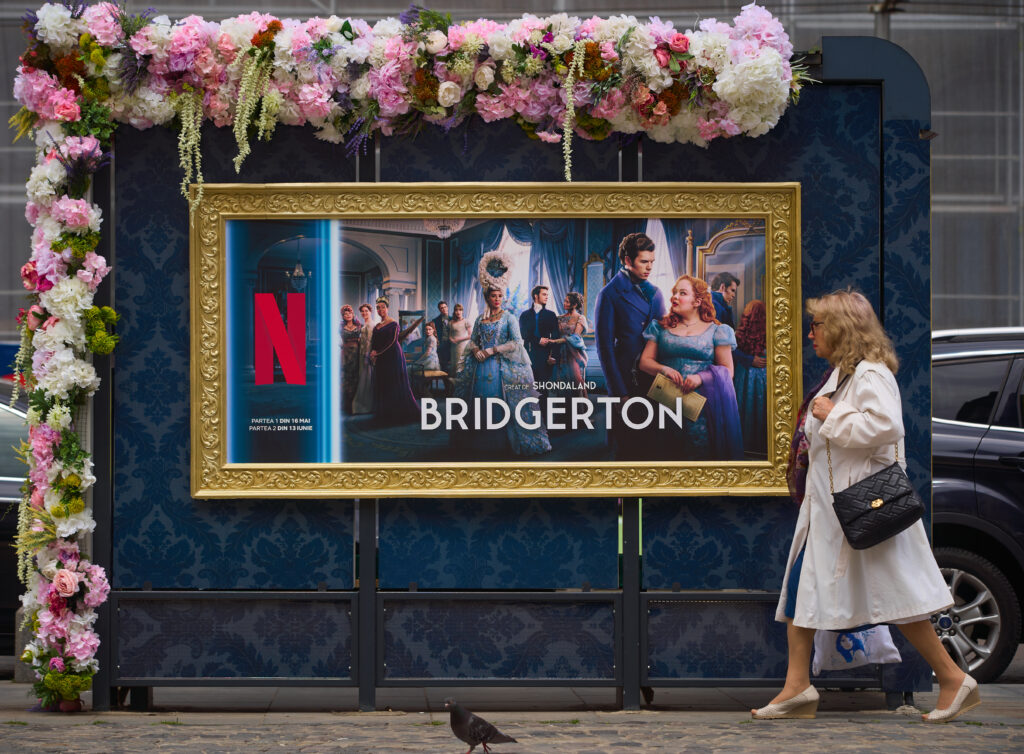The Evening Standard has announced plans to shut its daily newspaper and replace it with a weekly outlet, bringing an end to almost 200 years of publication in the capital. Here, our MD Ellen Widdup, who worked as a reporter for the newspaper for more than a decade, examines the demise of print journalism.
I can still remember the first day I walked into the Evening Standard newsroom. Straight out of university, I had landed a job as a trainee on the Halifax Evening Courier and after scooping a splash that led to pick up on the front pages of the nationals, I caught the eye of the Standard news desk where I was initially offered shifts.
Over the course of 10 glorious years I worked on some huge stories including the disappearance of Madeleine McCann, the murder of Millie Dowler, the Boxing Day Tsunami, Hurricane Katrina and the death of Michael Jackson. There wasn’t just one edition a day either – there were several. And staff worked round the clock.
From court and crime to health and education, from politics and religion to celebrity and catastrophe, I learned from some of the best writers, editors and storytellers on Fleet Street and continued my love of all things news, with the added ego boost of regularly seeing my byline on the front page.
When I left in 2015 to go freelance, the organisation had already started to pivot purposefully towards digital.
Of course, we all knew it was coming. Although I am in the dying minority of people who still takes a daily newspaper, I am well aware that if I want to find out what’s happening in real time, I won’t be waiting for my broadsheet to arrive the next morning. I will be online, scouring the websites, catching up on social media and following threads on breaking news.
Newspapers needed to evolve into digital first news brands since the turn of the century, but the Standard was a bit slow off the mark, possibly because of it largely controlled the London network of commuters.
I remember our collective horror in the newsroom following Russian billionaire Alexander Lebedev’s decision to stop charging 50p for the paper and make it a freebie. We thought that was the beginning of the end. Maybe it was. Bosses made the switch to boost circulation to more than 600,000 but it’s actually dropped to 275,000 in the past five years and lost £84.5m over the last six years.
Yesterday, the newspaper said it has been hit hard by the introduction of Wi-Fi on the London Underground, a shortage of commuters owing to the growth of working from home and changing consumer habits and made the announcement that it was now shutting daily operations with the print-run moving to weekly.
As a result, it has become the second newspaper owned by Lebedev to scale back, after the closure of the Independent in 2016 and its move to online only.
Paul Kanareck, the newspaper’s chair, told staff yesterday morning: “The substantial losses accruing from the current operations are not sustainable. Therefore, we plan to consult with our staff and external stakeholders to reshape the business, return to profitability and secure the long-term future of the number one news brand in London.”
Journalists – close friends of mine – are now bracing themselves for further job losses on top of years of redundancies, while design staff on the print edition are expected to be hit hard.
They told me they were dealing with the news by following media tradition: “Obviously, we’re all going to the pub.”
So what does this all mean for newspapers in general?
With the increasing popularity of digital media, many people believe that print publications are on their way to becoming obsolete.
While there are still 10 million people that prefer to hold a newspaper in their hands each day, there are certainly some publications that have folded, and others that have made the switch to become fully digital.
I am torn between heart and head here.
My heart will always lie with the inky fingerprints of the real thing. One of the advantages of print publications is that they are seen as a trusted source for information. Given the rise of ‘fake news’, many people are more likely to trust the news that they read in respected print publications, that they know have been vetted for accuracy.
My head, however, tells me that as a PR professional, online now gets us the most traction for clients.
For many, many years, traditional – and somewhat parochial – PR agencies have harped on about getting their clients in print.
Instead, they should be asking that the piece gets a prominent show on the internet, where it has a shelf-life and a wider audience.
One of our clients – the national will writing charity Will Aid – has long had KPIs based around physical clippings. This year we overhauled this whole premise, placing greater emphasis on the web and wire cuttings that we secure with unbelievable – and most importantly – measurable results. The reach has gone through the roof, meaning we are connecting and communicating on another level – and ultimately making a real impact with the organisation’s objectives.
Our role is to continue to find the best platforms for exposure and sadly, this isn’t usually on the pages of the paper.
I’m sad today. I’m sad for The Standard. I’m sad for my former colleagues. I am sad that journalism isn’t what it was when I arrived on that first day at the office to cut my teeth at a national. I’m sad that a commute in London now consists of a tube carriage crammed with mobile phones.
Inevitably, media and content consumption will continue to evolve with time and technology, however. And we have to remember that newspapers cannot be defined by the second part of the word – paper. They have to be defined by the first – news. In whatever guise that takes.















